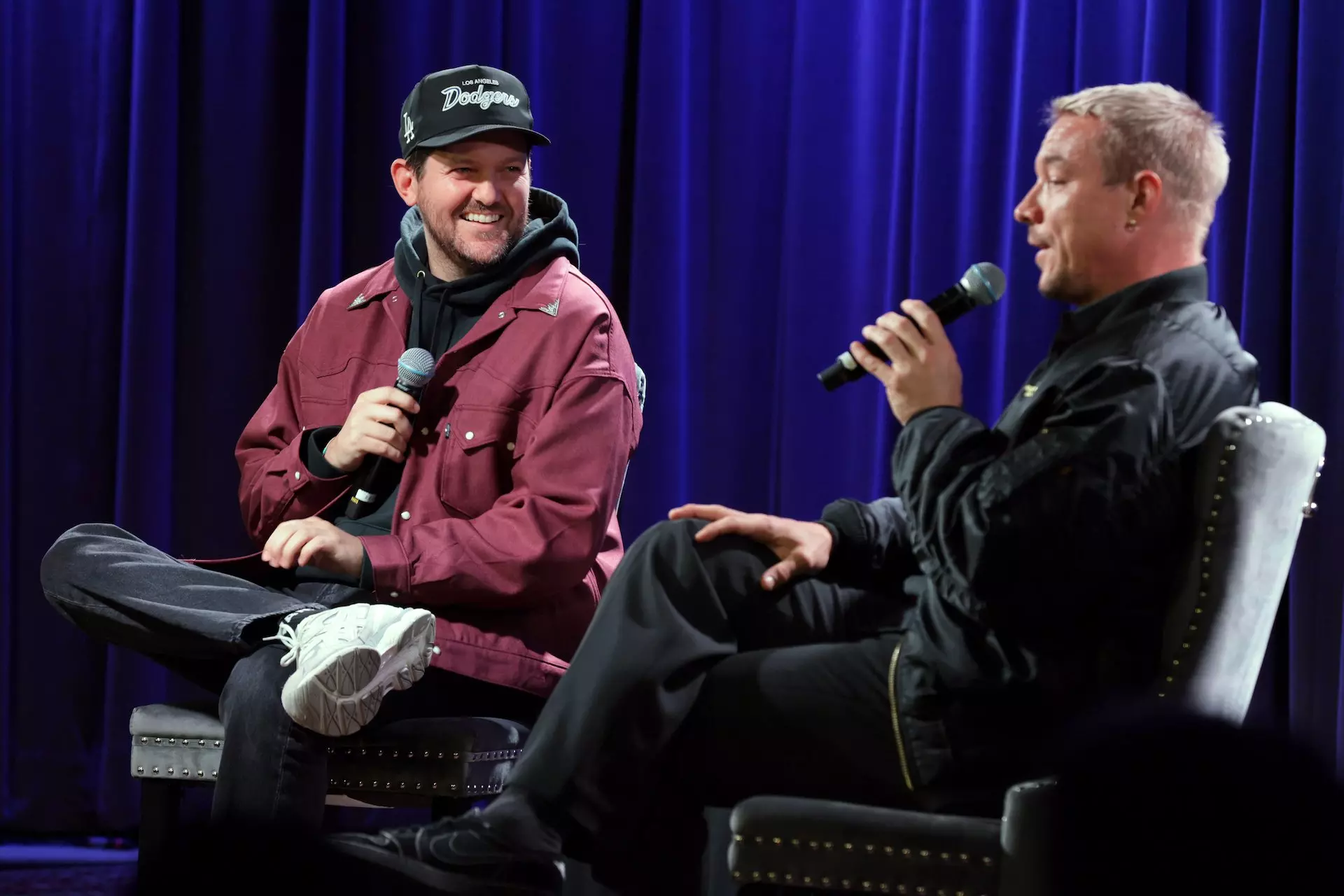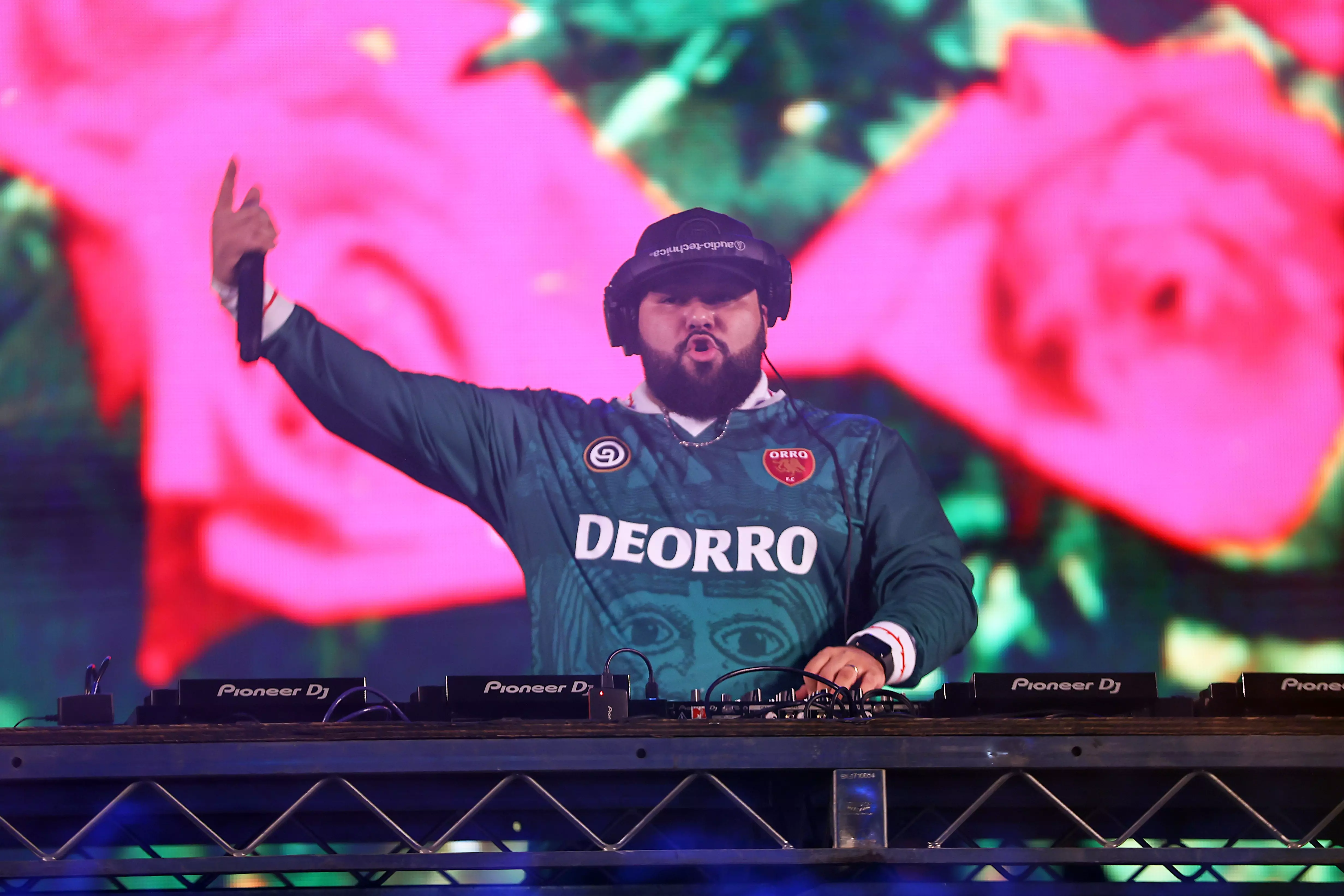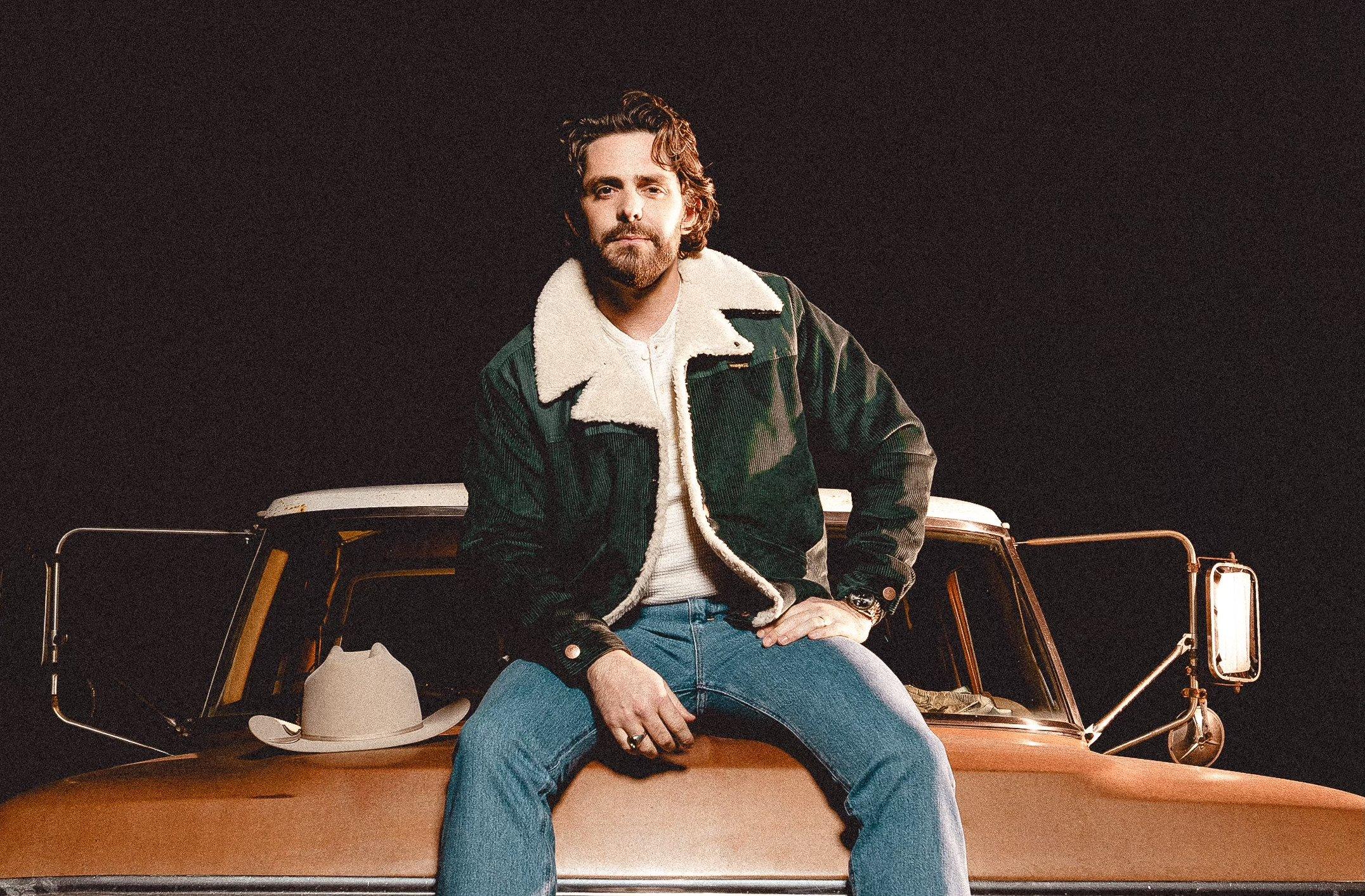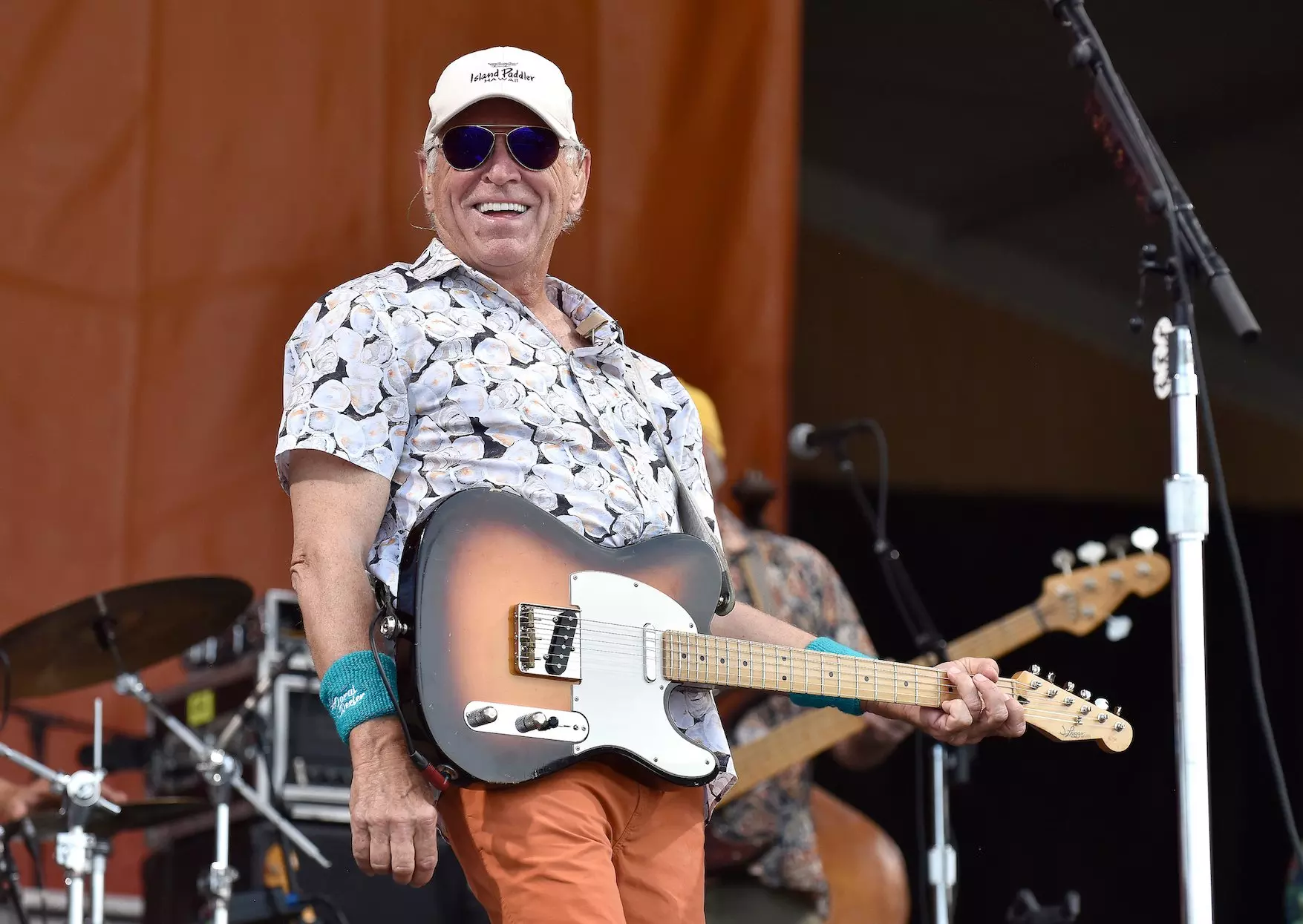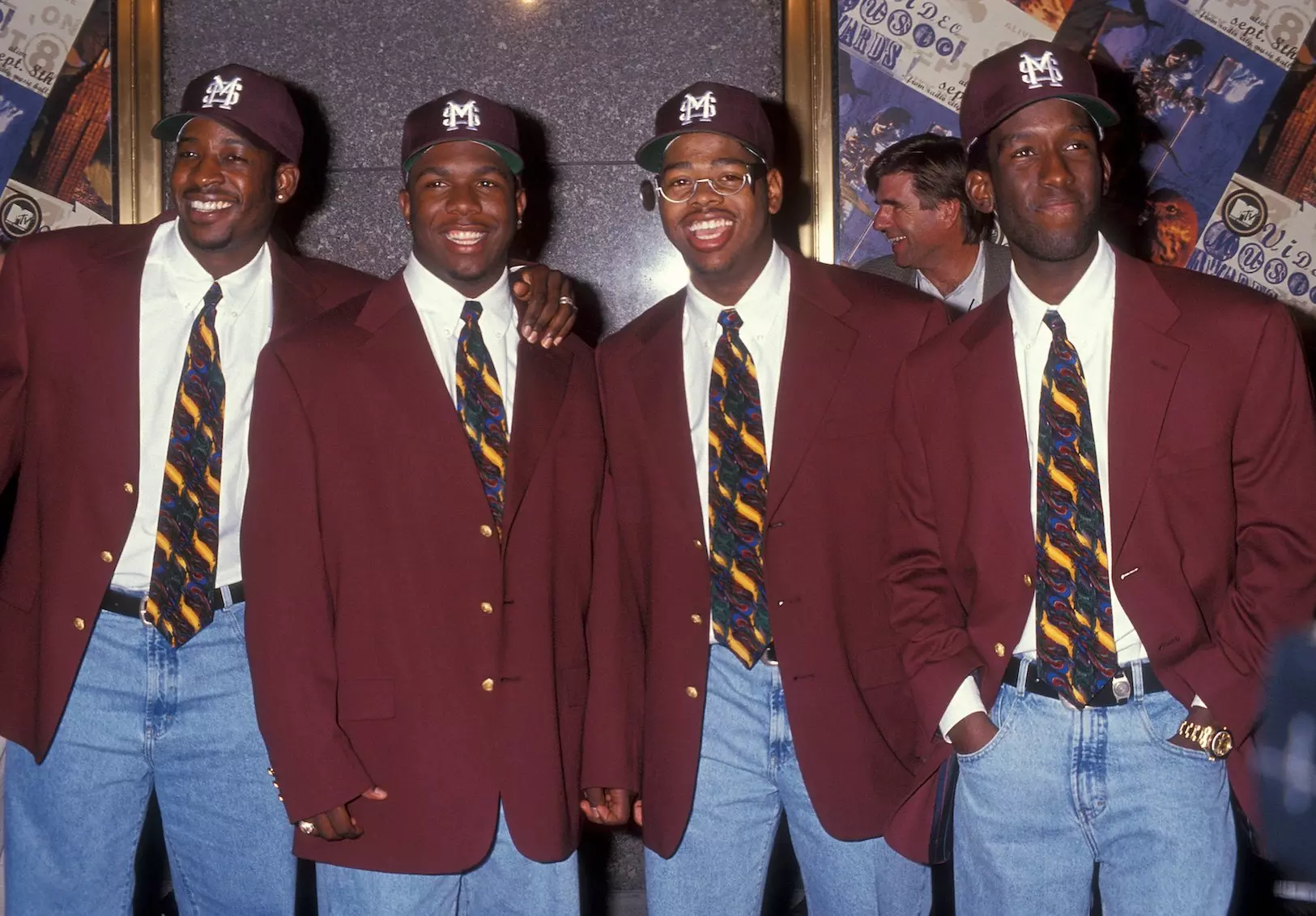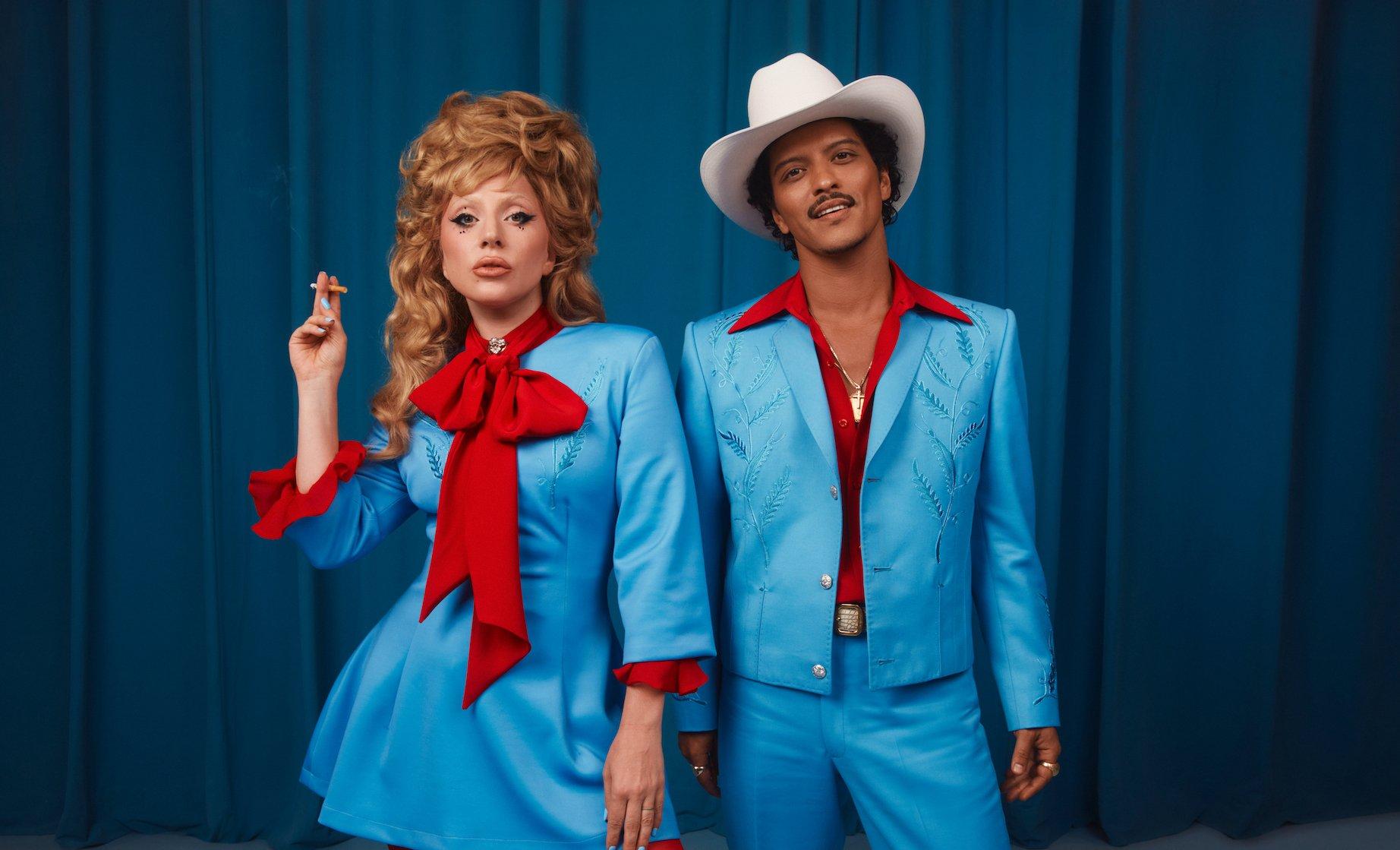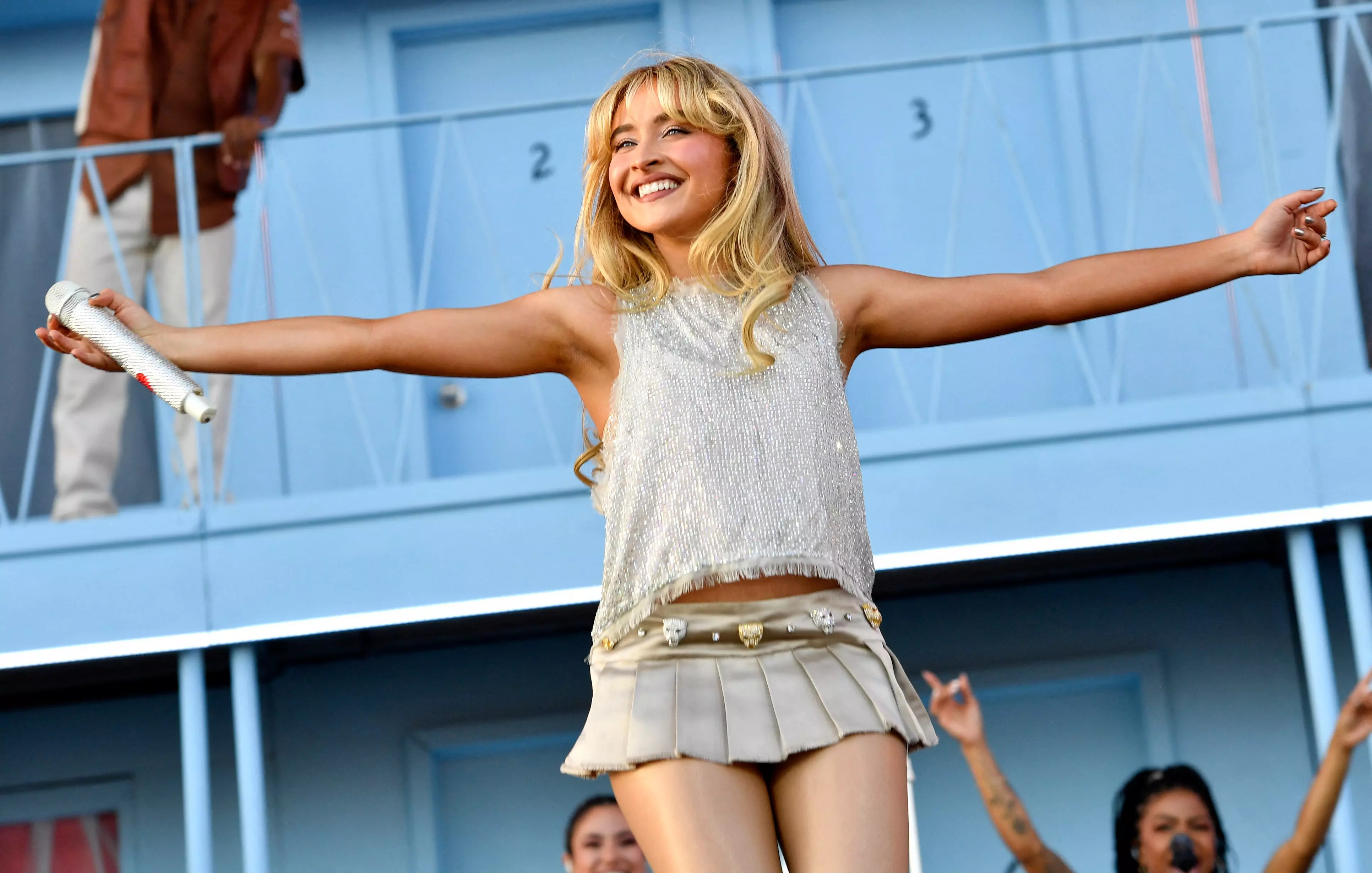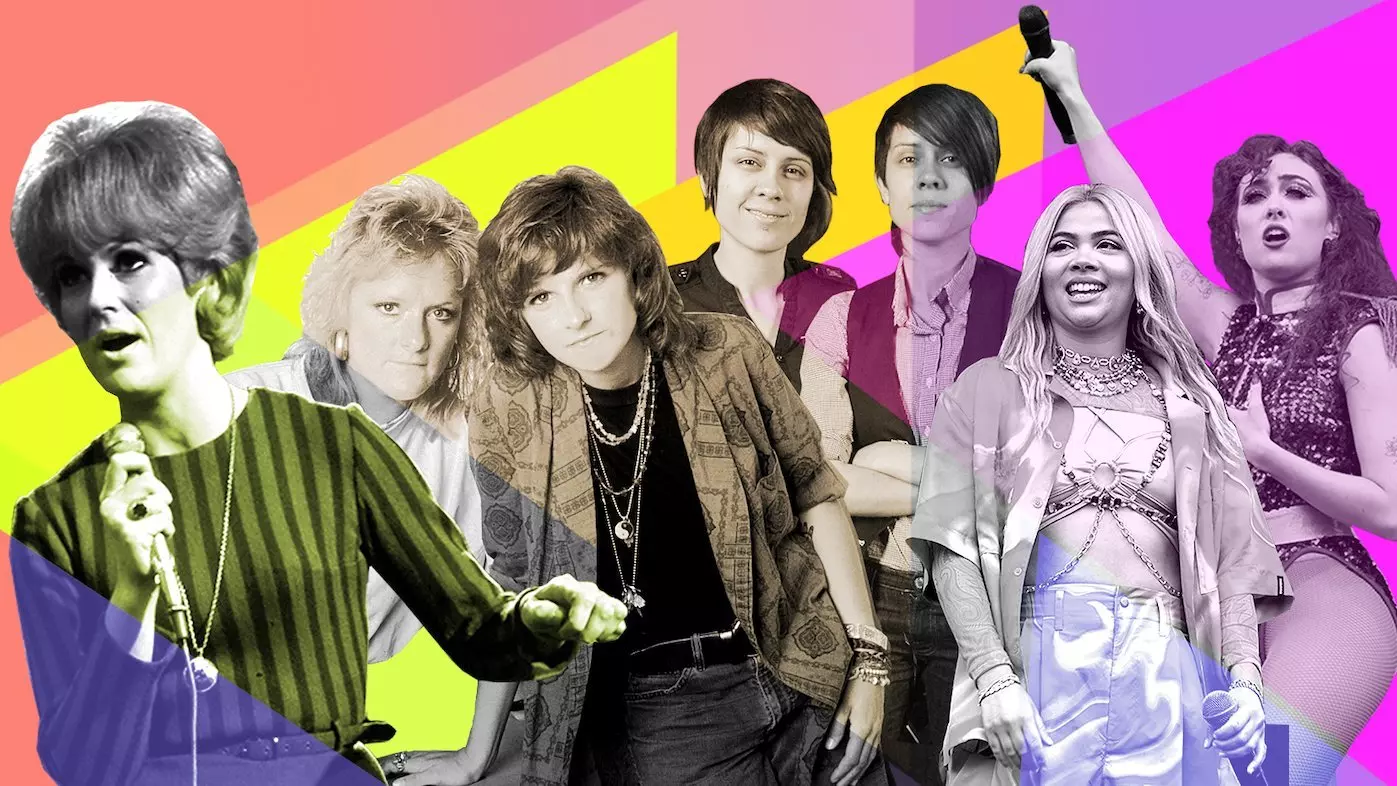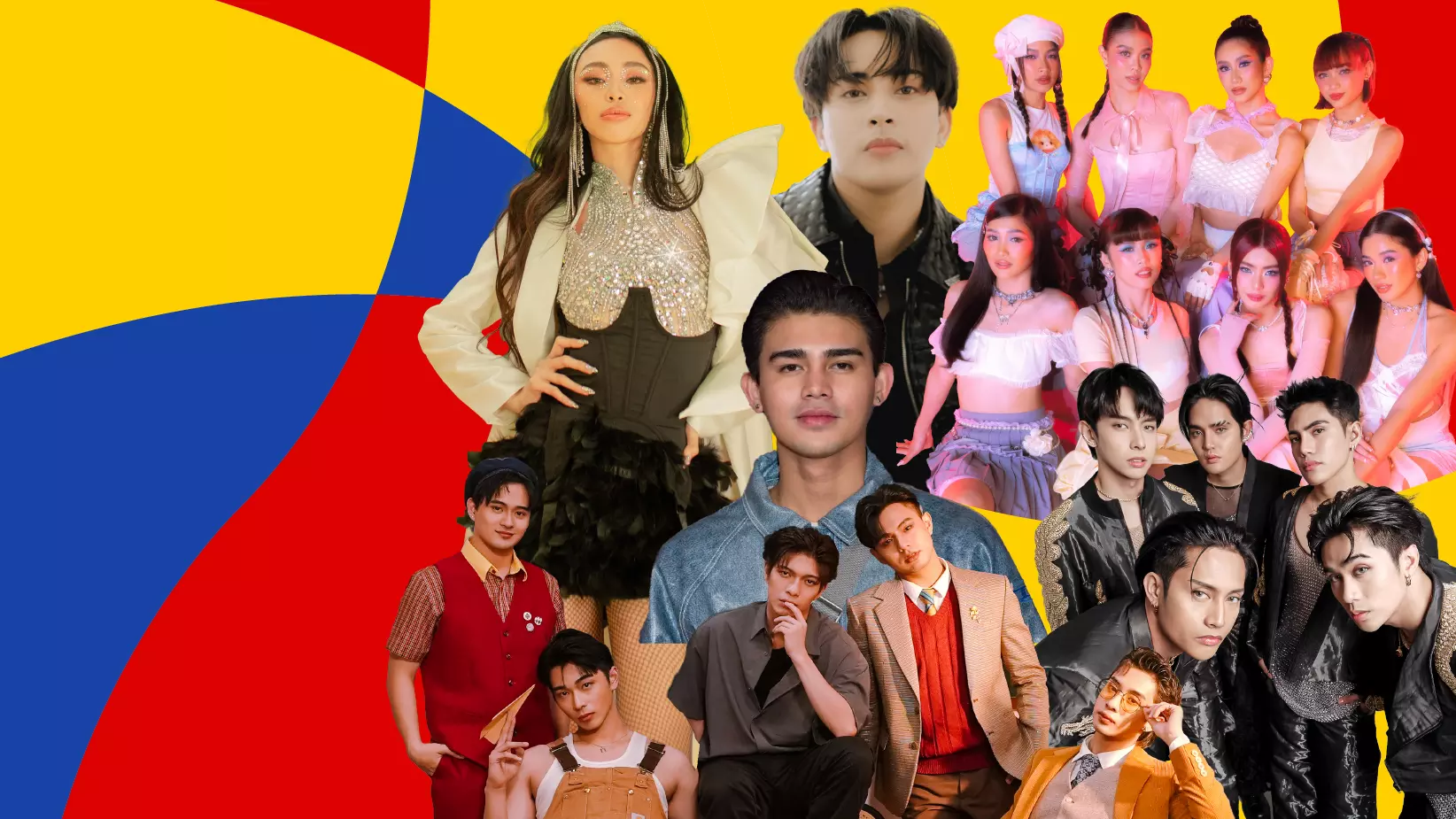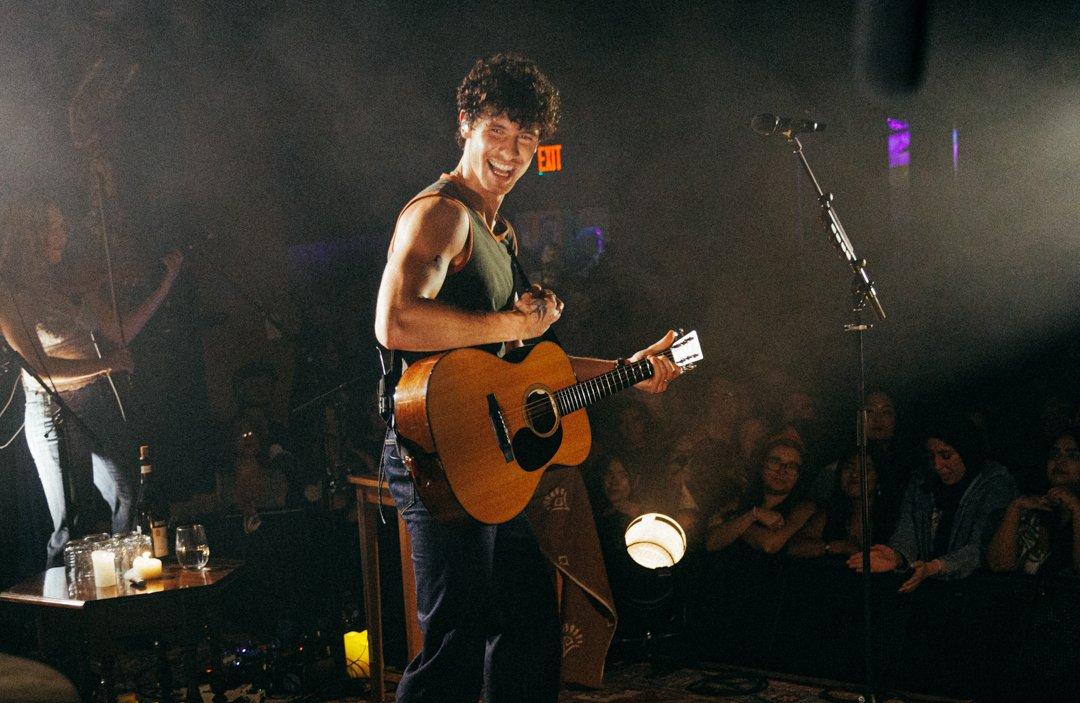Thomas Rhett married his wife, Lauren, in 2012 — the same year he launched his career in country music. Naturally, the majority of his catalog has been inspired by their relationship. Over a decade into their marriage, Rhett has officially dedicated an entire album to the love of his life, the aptly titled About A Woman. And is she surprised? Absolutely not.
"A lot of people are like, 'Oh my gosh, does she just melt when she hears these songs?' And I'm like, 'Maybe back in the day, but not anymore,'" Rhett tells GRAMMY.com with a laugh. "It's actually gotten to the point where she's like, 'How do you continue to write about me?'"
But unlike Rhett's GRAMMY-nominated ballad "Die a Happy Man" or his 21st country radio No. 1, "Angels (Don't Always Have Wings)," About A Woman is largely full of upbeat tracks — something that did surprise his wife. "That was her favorite part," the singer adds. "She wants to know there's some fun that can be had with a love song."
From the racing, pop-tinged melody of "Fool" to the bluesy, howling hook of the title track, About A Woman is a feel-good celebration of love. Thomas and Lauren's love story — which dates back to grade school — is most vividly reflected in "What Could Go Right," a retelling of the night they went from friends to lovers. Other personal touches are scattered across the album, including "Church," an ode to their favorite artist, Eric Church, and "Overdrive," which features an anecdote from a high school party.
Of course, there is one ballad on the album, the heartfelt closer "I Could Spend Forever Loving You." But while Rhett was making About A Woman, he knew that the best way he could accurately portray their relationship was with uptempo songs.
"It kind of feels like we're 21 again — there's a lot more flirting going on, there's more dates, there's more adventure. Even though we have four children, our love level today feels very young and wild and reckless," Rhett says. "That was a fun thing to get to capture on a lot of these songs. I was writing from this giddy phase."
Ahead of About A Woman's Aug. 23 arrival, Rhett sat down with GRAMMY.com for an in-depth chat, well, about a woman. Below, hear from the singer himself on how his wife inspired some of the songs on the album.
I've been trying to write this song for, like, five years. There was a moment when I was 21 years old — and if you don't know anything about me and Lauren's story, we grew up knowing each other, and I always was head over heels for her. We dated a little bit in high school, but it was kind of a young, dumb high school relationship.
We still remained best friends — she would date somebody else, I would date somebody else, but we would always double date with each other. And I think that she was fully over me in her mind, but there was like this little part of me in the back of my mind that just never got over her.
Right before her last semester of college, I texted her, and I was like, "Hey, this is gonna sound really awkward, but I don't know that I can be your friend anymore, because I'm actually, like, in love with you." I think she didn't know how to respond to that.
So I called her dad, and I was like, "You think I should tell her?" And he was like, "Well, if you don't tell her tonight how you feel about her, I'm gonna tell her." And I was like, "Well that would be even more awkward."
The night her sister graduated high school, the crowd had started to die down, and Lauren's dad looked at me and he said, "Now's your time." I remember walking out there and kind of just laying it all out. And she looked at me, and she was like, "I feel like you just ruined our friendship." And I said, "Well, I would rather ruin our friendship today knowing that we can be friends later, rather than pretend to be your buddy, but I really just want to make out with you."
I pulled the cheesiest line ever — it felt like Ryan Gosling out of The Notebook — I was like, "I dare you to kiss me. And if you don't feel any fireworks, if you don't feel any butterflies in your stomach, then let's just move on." And she was like, "Alright, we'll give it a shot." So we kissed, and that was the beginning of everything. We started dating the day after that, and six months later, we got engaged, and, nine months after that, got married, and here we are with four children, 12 years later. And it all started because of that night.
That's why that song resonates with me so much. It kind of reminds me of [my song] "Life Changes" — it's just so vividly detailed that it could only come from my mouth. For me and Lauren both, that song holds such a special place in our hearts.
It was my junior year, and my wife was the homecoming queen — everybody in our school wanted to date Lauren. She was just so breathtakingly gorgeous, and her heart was so real and authentic.
I remember driving to this party that everybody was going to, and Lauren texted me, like, "Can you pick me up and take me to this thing?" So it was this feeling of being 16, 17 years old, just like, Man, I know that it's your boys before everybody else, but in this case, I'm dropping y'all. The hottest girl in my world just asked me to pick her up to take me to this party, so I'm getting there as fast as I possibly can.
I think the only line that does not directly correlate to my wife is in the second verse, when it says [something] like, I had to put you on my shoulders because you're wearing high heels to a bonfire party. My wife would rather die than put high heels on and/or put makeup on.
If I'm being completely honest with you, it is the only track on the record that does not directly relate to my wife. When I listened to that chorus, I was like, Man, our genre is having such a massive moment. And there's so many stories I've heard of girls or guys from the city meeting a girl or a guy from the country, and falling in love with the simplicity of the lifestyle.
At the end of the day, I didn't need it to fit the rest of the story. I couldn't get enough of the song, so I was like, You know what, I'm gonna let this one slide a little bit.
My wife is as country as crap. [Laughs.] When I played this for her, she's like, "This is not about me, right?" I was like, "No, this is about people just really wanting to be inundated in the country music culture."
We're pretty dadgum equal [when it comes to being country]. I was born in Valdosta, Georgia, which is a real southern part of Georgia, but I grew up in Nashville. My dad's probably the biggest redneck that I know, alongside Lauren's dad. But we both grew up hunting, fishing, riding four wheelers, catching bream out of some stale pond and frying them in Crisco, eating biscuits and gravy for breakfast. She would say that she's more country than me, but I'm just going to let her believe that. Happy wife, happy life.
"Beautiful As You" (The Instagram Version)
Our whole relationship has been based on picking on each other. Even in middle school when I first got to know her at church camp, she would always look at me and be like, "You're shorter than me." That was how we started our friendship, and that's kind of how we flirted with each other.
It's a really good feeling to know that we have never lost that bit of our relationship. We both have the same humor — like, on Instagram, when we see memes and we show them to our whole family, and me and Lauren are dying laughing. That's how you know that you're made for each other, in a certain way.
It's always fun to kind of slide one in that's unflattering of Lauren — because the irony of that is, there's really nothing that's unflattering about her, and there's so many things that are unflattering about me. So when she wants to get me back, it's such a more in-depth getting back than me getting back at her. [Laughs.]
"After All The Bars Are Closed"
I can list like, five to 10 moments — even in the last six months — where that was our story of just like, "Hey, the kids are down. Let's go build a fire and let's sleep outside tonight." Whereas, even two years ago, it was like, get me to my pillow as fast as humanly possible, because life was just so fast and chaotic.
Last year, we did this road trip out West. We did Zion National Park, went all over to the National Parks in Utah, New Mexico and Colorado. Those nights where we were hiking all day, and our kids are so worn out — that was when me and Lauren would go grab some random craft beer out of the fridge, [sit] on the back porch, and get out our star app and try to find as many as many constellations as we possibly could. And [we'd] get to reminisce about the week, and laugh, and flirt, and kiss. Those things sound really normal for a newlywed couple, but when you experience a lot of years of marriage and start to have kids, you realize those moments can be very few and far between, if you don't make a diligent point to make those nights happen.
Lauren loves to play board games. [When] the rest of our family is, like, dead tired, Lauren looks at me, she's like, "What game are we gonna play?" and I'm like, "Are you not exhausted?" And she's like, "Yes, but this is where my cup gets filled up for the next day."
As sort of PG as all of that sounds, that is sort of my rendition of "After All The Bars Are Closed." I had this conversation with Julian [Bunetta, Rhett's longtime co-writer/producer] a lot, but it's like, "Man, how do you take things that are actually happening in your life and have them apply to an 18-year-old kid?"
So "After All The Bars Are Closed" was just like, "Everyone's down for the count, but me and you still have energy to keep this party going" — which can relate to people in their mid 30s and 40s, but also can relate to kids going to the bar when they're 18 years old and wanting to go find the field to park in afterwards.
I was about to headline Stagecoach for the first time, and I got this chorus and verse sent to me by a couple of guys that I've written with a ton. Me and these co-writers really bond over being Eric Church nerds. When I heard this hook [with] all these super inside Eric Church references, I knew from that moment that this was going to be — besides "What Could Go Right" — the [song] that [Lauren] goes back to the most.
The majority of me and Lauren's high school and college really revolved around two people: Corey Smith and Eric Church. So I have all these memories of seeing Eric Church with my wife, or her buying me a copy of "These Boots," and me buying her a copy of Chief, and just spending our days memorizing these words. It was always my mission to learn so many Eric Church songs so that I could play them around bonfires and parties.
As I've been in this career for 15 years, me and Lauren have gotten to know him and his wife pretty well. I remember finishing that song and sending it to Eric, and getting his stamp of approval on that song was one of the biggest highlights of my career. His music meant so much to our love story, and I have so many memories that are attached with Lauren to his music, that this song just had to be on the project.
"Somethin' 'Bout A Woman"
It was like, 1 o'clock in the morning after a show. I'd learned these random jazz chords that day that I started kind of playing. My bus driver's name is Rhett — he's 82 years old, and he drove buses for, like, Mötley Crüe and Dolly Parton — and I looked at Rhett, and I said, "What should we write about?" And he just looked at me, and he said, "I don't know. I guess something about a woman." And this song fell out in 30 minutes.
I love this track so much because it's something I've been trying to write for a long time, but it's never really come out in a unique way. This song has such a vibe, so much sauce. It's like, Steely Dan meets the Rolling Stones meets my love for R&B. It's kind of my best attempt at doing what Chris Stapleton does every day.
"I Could Spend Forever Loving You"
We went into that session not even thinking we were writing a song for this record. Our ultimate mission was to try to write a song we could get in the "Yellowstone" [TV show] soundtrack.
I'm obsessed with love films that end with the couple being old together. I'm obsessed with nostalgia, and I'm obsessed with things working out in a positive light. I cannot wait to be 40. I can't wait to be 50. I can't wait to be 60. Because it's just sort of like, "Hey, we made it another decade!"
I dream about sitting on the front porch in the middle of the country with Lauren, in a rocking chair, watching our kids who we raised, and looking at our grandchildren. I'm obsessed with the thought of knowing that we're gonna finish this race really strong.
That's where the inspiration of "I Could Spend Forever Loving You" came from. It's like, there's gonna be ups and there's going to be downs, but we can kind of weather any storm — because we've already weathered plenty of storms.
Latest News & Exclusive Videos

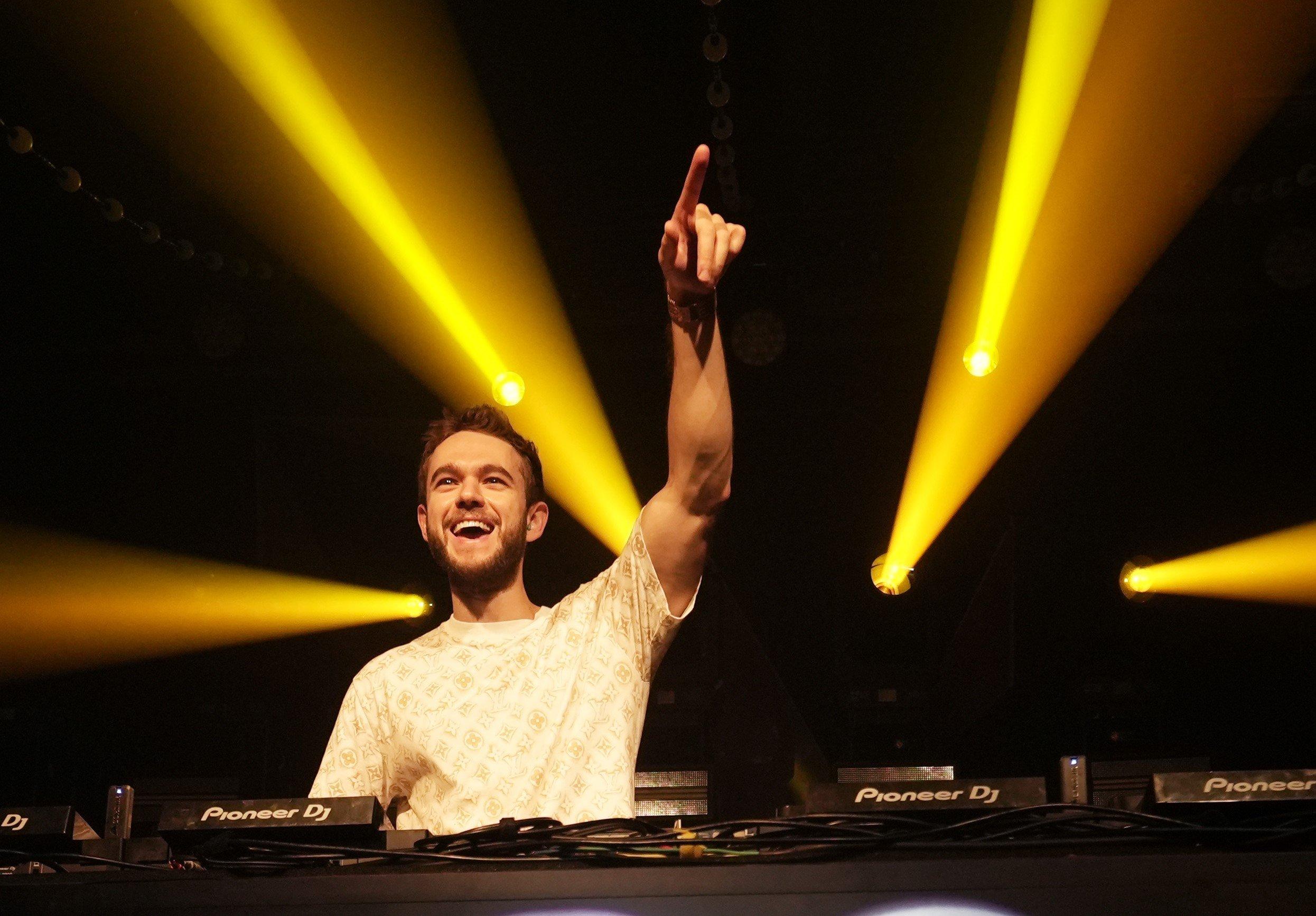

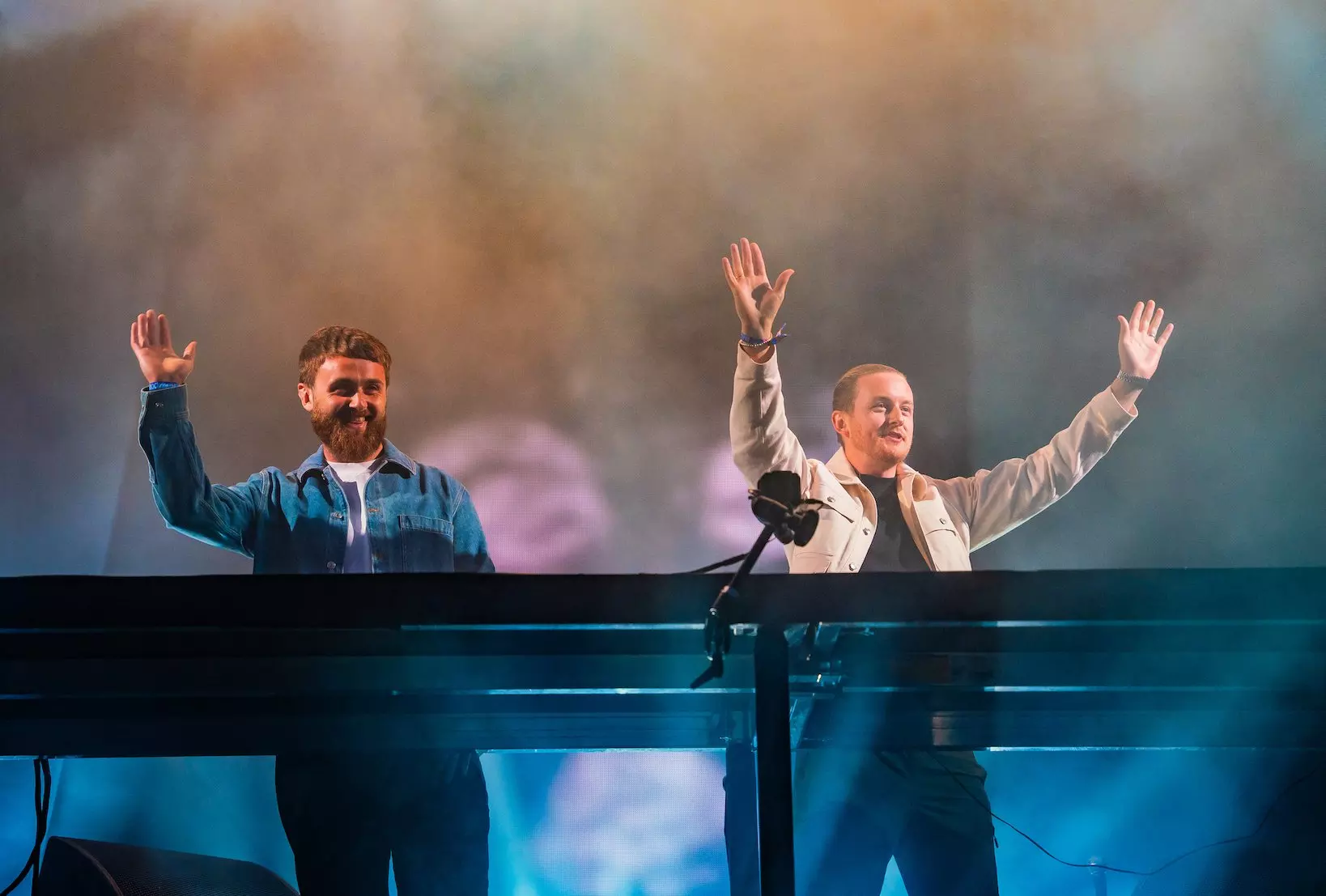
.webp)
